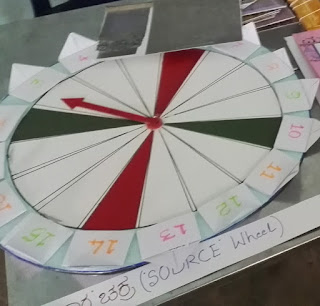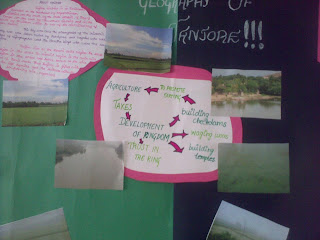Bengaluru: A Palimpsest of Past and Present
.png)
If a longue durée of Bengaluru’s historical evolution is taken, both romanticised nostalgia and presentist reductionism can present problems. A nuanced, pedagogically sensitive approach that reimagines memory, heritage, and the city’s layered identity is needed. Bengaluru, now solidified as India’s key economic epicenter by its IT juggernauts and unicorn startups, looms large with its towering parks, sprawling complexes, and cavernous malls, devouring the hamlets, pastures, and lakes that once defined the region. Yet, beneath this frenetic modernity lies an antiquity far older than India’s other metropolises, enshrined in the name Bengaluru, predating its anglicized alias, Bangalore. This past, stretching from prehistoric murmurs to the Western Gangas’ six-century reign (4th to 10th century CE) and the 17th-century vision of Kempe Gowda, pulses with a vitality often eclipsed by today’s apocalyptic traffic, garbage heaps, cratered roads, and reckless construction. A chorus of scholars, ...





